Explore the Best AI Image Gallery
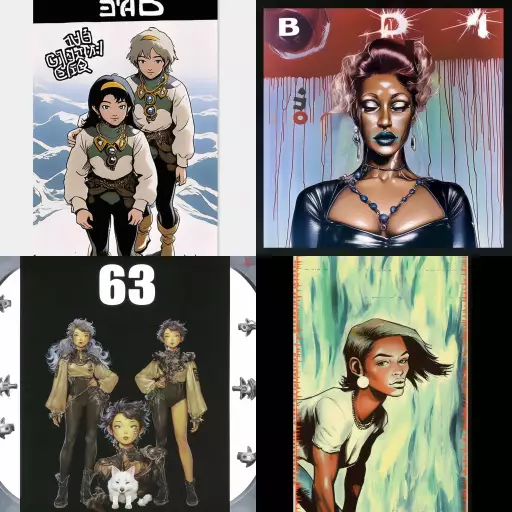
Quantum Leap: How Quantum Computing is Reshaping Creativity
The realm of creativity is on the cusp of a paradigm shift, driven by the relentless advancements in quantum computing. This revolutionary technology, harnessing the enigmatic principles of quantum mechanics, promises to unlock unprecedented possibilities for artists, designers, and innovators across various disciplines.
From generating novel artistic expressions to accelerating design processes and pushing the boundaries of interactive experiences, quantum computing is poised to redefine the very fabric of creative expression.
Potential Applications in the Creative Industry
- Generative Art: Quantum algorithms can generate intricate and complex patterns, textures, and compositions, empowering artists to create breathtakingly original artworks that transcend traditional artistic boundaries. Imagine paintings that evolve and transform before your eyes or sculptures sculpted by quantum algorithms.
- Music Composition: Quantum computing can analyze vast musical datasets and identify hidden patterns and harmonies, leading to the creation of entirely new compositions with unique melodies and structures. This could revolutionize music production and unlock a universe of unexplored sonic possibilities.
- Interactive Storytelling: Quantum-powered simulations can create immersive and interactive narratives that adapt in real time to user choices, blurring the lines between fiction and reality. Imagine a story where your decisions influence the plot, characters, and even the visual landscape.
- Design Optimization: Architects, engineers, and product designers can leverage quantum algorithms to optimize structures, materials, and functionalities, leading to more efficient, sustainable, and aesthetically pleasing creations.
Ethical Considerations
As with any powerful technology, quantum computing raises important ethical considerations that must be addressed:
- Bias and Fairness: Quantum algorithms are susceptible to biases present in the training data, potentially perpetuating existing societal inequalities. It is crucial to ensure fairness and inclusivity in the development and deployment of quantum-powered creative tools.
- Intellectual Property: The question of ownership and copyright arises when artworks are generated by quantum algorithms. Clear legal frameworks are needed to navigate this uncharted territory.
- Accessibility and Equity: Quantum computing resources can be expensive and require specialized expertise, potentially creating a digital divide. Efforts must be made to ensure equitable access to these powerful tools for all creative practitioners.
Future Trends
The intersection of quantum computing and creativity is a rapidly evolving field with immense potential:
- Hybrid Creative Systems: We can expect to see the emergence of hybrid systems that combine quantum algorithms with human intuition and artistic vision, fostering a synergistic collaboration between technology and creativity.
- Quantum-Enhanced Learning: Quantum computing can accelerate the learning process for creative professionals by providing personalized insights, feedback, and creative inspiration.
- New Artistic Mediums: Quantum technologies will undoubtedly give rise to entirely new artistic mediums and expressions that we can only begin to imagine.
Conclusion
Quantum computing is poised to revolutionize the creative industry, unlocking a universe of possibilities for artists, designers, and innovators. By embracing this transformative technology responsibly and ethically, we can usher in a new era of creativity, where imagination knows no bounds.

](https://images.ai-img.art/thumbnails/150/469bffae134ea97666025052588e76bb4dd4b6b98c4888cfd7873929a73156ff.webp)



](https://images.ai-img.art/thumbnails/150/985b7bf314caa205e59a2c973e979ce77cf5b24ca39799fffe2e30ea7c79ef07.webp)
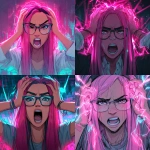

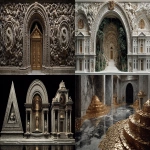
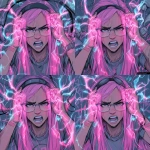

](https://images.ai-img.art/thumbnails/150/4c67c727683a835917441757b71ace563950f9178fa4826e09a55cfb092ac715.webp)




](https://images.ai-img.art/thumbnails/150/b94716d4b88da3e1ec3ab12162616a52ff5698251ac791ddf8478649889a0f47.webp)

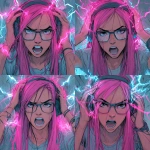






](https://images.ai-img.art/thumbnails/150/fe996254fcb758c1365f3a22783ee6112ed5e34579deb401de674b06938efb2a.webp)
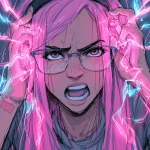


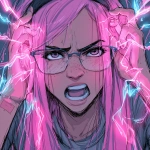


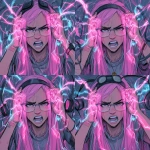


](https://images.ai-img.art/thumbnails/150/4c5bdb0a0a1f761a911521333b9e3463c885aa247b42d1d311a97f2aa2c513d2.webp)




